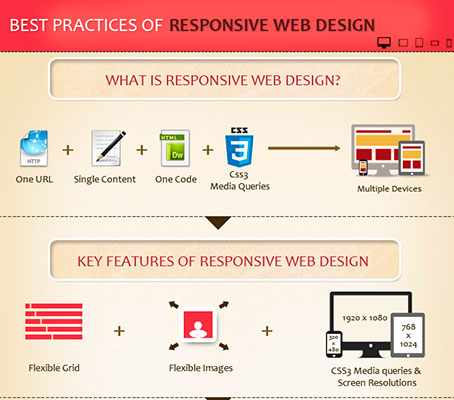In the past, web sites were easy and concentrated on info. Navigating was straight, and design was for desktops. Currently, customer experience is key. Information guides designs for simple navigation. Receptive layouts fit various gadgets. Today, dark setting decreases strain, and minimal menus enhance navigating. Interactive attributes engage customers, and bold visuals stand out. AI integration increases engagement. See how https://www.inc.com/young-entrepreneur-council/how-to-do-digital-marketing-for-real-estate.html has advanced to enhance your on the internet journey.
Early Days of Web Design
In the early days of web design, simplicity reigned supreme. Internet sites were standard, with limited shades, typefaces, and formats. The emphasis was on giving information instead of flashy visuals. Individuals accessed the net through slow-moving dial-up links, so rate and performance were vital.
Navigating food selections were straightforward, normally situated at the top or side of the page. Sites were made for home computer, as mobile browsing wasn't yet widespread. Content was king, and designers focused on simple readability over complicated design components.
HTML was the primary coding language utilized, and developers had to function within its restrictions. Computer animations and interactive features were very little compared to today's standards. Internet sites were fixed, with little vibrant web content or tailored individual experiences.
Surge of User-Focused Style
With the evolution of site style, a shift in the direction of user-focused design principles has come to be progressively noticeable. Today, developing websites that focus on user experience is important for engaging site visitors and achieving service goals. User-focused layout entails comprehending the demands, choices, and habits of your target audience to tailor the web site's design, content, and features appropriately.
Designers currently conduct comprehensive research, such as customer studies and use screening, to gather understandings and feedback directly from individuals. This data-driven technique aids in developing instinctive navigating, clear calls-to-action, and visually enticing interfaces that resonate with site visitors. By placing the customer at the center of the design procedure, sites can deliver a more personalized and delightful experience.
Responsive design has actually likewise emerged as an essential aspect of user-focused design, making sure that web sites are optimized for different gadgets and display sizes. This flexibility boosts ease of access and use, accommodating the diverse means users interact with web sites today. Basically, the rise of user-focused design represents a change towards producing digital experiences that focus on the needs and assumptions of completion individual.
Modern Trends in Website Design
Discover the latest patterns shaping website design today. One noticeable pattern is dark setting design, providing a streamlined and modern look while reducing eye strain in low-light environments. An additional vital pattern is minimalist navigating, simplifying food selections and enhancing customer experience by focusing on essential elements. Integrating micro-interactions, such as computer animated buttons or scrolling results, can develop an extra engaging and interactive site. Responsive design continues to be vital, guaranteeing smooth customer experiences throughout various devices. In addition, making use of strong typography and asymmetrical designs can include aesthetic passion and draw attention to certain content.
Integrating https://chicagoagentmagazine.com/2022/07/04/stand-out-in-any-market/ , like chatbots for consumer support or customized recommendations, enhances individual involvement and simplifies procedures. Access has additionally become a significant trend, with developers focusing on inclusive design methods to accommodate varied individual requirements. Welcoming sustainability by optimizing web site performance for rate and performance is one more emerging fad in website design. Teaming up with individual feedback and information analytics to repeat and improve design continuously is important for staying pertinent in the ever-evolving electronic landscape. By accepting these modern-day fads, you can create a visually enticing, straightforward website that reverberates with your audience.
Conclusion
As you review the evolution of internet site design from the early days to currently, you can see exactly how user-focused design has ended up being the driving pressure behind modern patterns.
Embrace the journey of modification and adaptation in website design, constantly keeping the individual experience at the leading edge.
Stay existing with the current trends and innovations, and never quit advancing your technique to develop aesthetically magnificent and easy to use internet sites.
Advance, adjust, and produce - the future of web design is in your hands.
